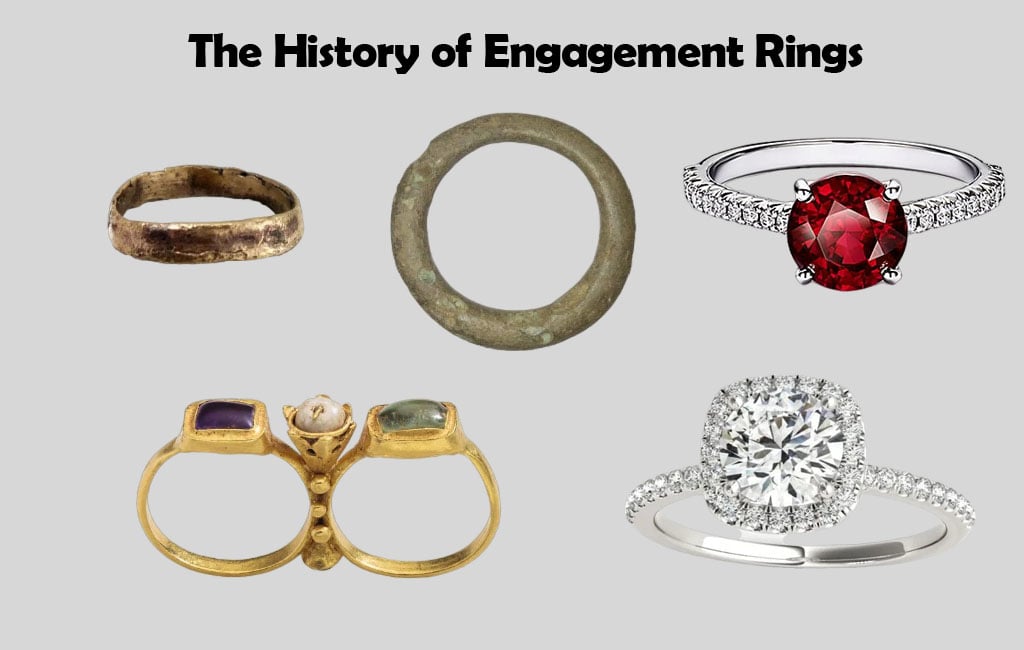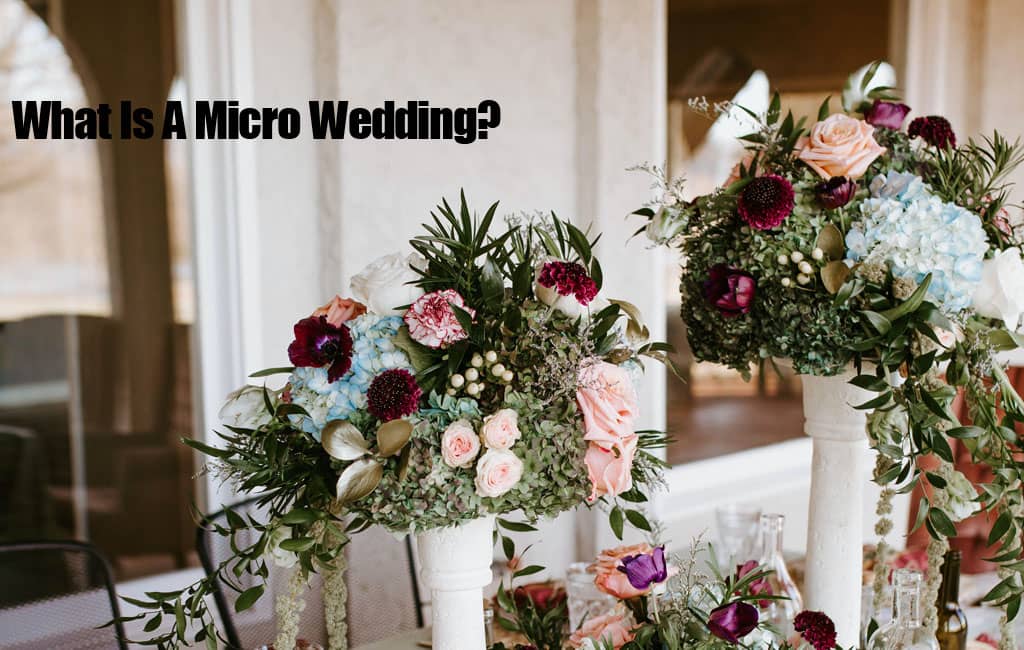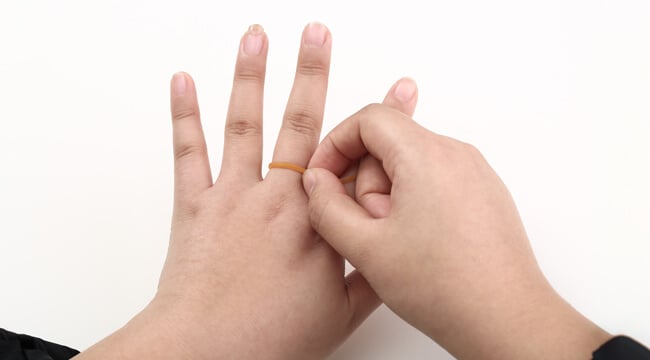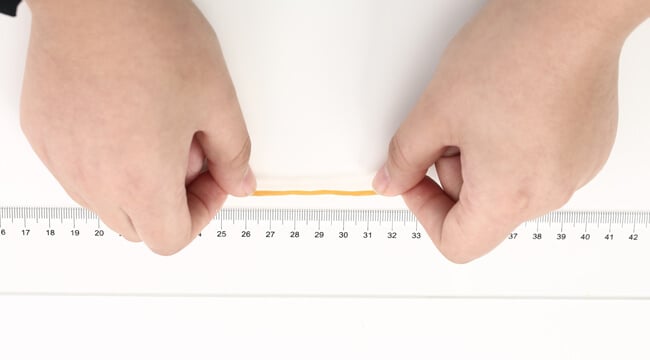Embarking on a journey through time, we delve into the captivating narrative of engagement rings—those exquisite tokens that have adorned the hands of couples for centuries, weaving an intricate tapestry of love, tradition, and ever-evolving trends. From the unassuming reed rings of ancient Egypt to the resplendent diamond-studded marvels of contemporary times, the story of engagement rings is a testament to the enduring nature of love and the cultural shifts that have shaped our collective journey.
The Ancient Origins of Engagement Rings
Picture ancient Rome, where women adorned themselves with rings crafted from materials as diverse as flint, copper, silver, and gold, not just as a symbol of business contracts but also as an expression of mutual affection. This practice laid the groundwork for the enduring tradition of wearing a symbolic ring on the fourth finger of the left hand. Rooted in the belief that a special vein, the “vena amoris,” connected this finger directly to the heart, this tradition continues to hold sway in many cultures, underlining the timeless significance of the engagement ring.
A Mark for Marriage
It wasn’t until 850 CE that the engagement ring gained official recognition, thanks to Pope Nicholas I, who declared it as a representation of a man’s intent to marry. The first diamond graced an engagement ring in 1477, as Archduke Maximilian of Austria proposed to Mary of Burgundy with a diamond setting crafted in the shape of the letter “M.”
Reintroduction Of Diamond Rings
Fast forward to the mid-19th century when diamond engagement rings made their debut in the United States, ushering in a new era. The discovery of diamonds in South Africa in 1867 led to a global surge in the diamond supply. The early 1900s witnessed engagement rings featuring a solitary large diamond with smaller stones adorning the setting. The reign of the round cut continued until the mid-’40s when the cushion cut and solitaire setting emerged as trendsetters. Platinum held sway until the upheavals of World War II, after which yellow gold took center stage.
Historical Challenges and Diamond’s Resurgence
Challenges like World War I and The Great Depression briefly dimmed Americans’ interest in diamond engagement rings, giving rise to simpler bands and rings adorned with more affordable gems. However, with the resurgence of the economy, the popularity of diamond engagement rings soared once again. The iconic slogan “A Diamond is Forever,” introduced by De Beers in the 1940s, played a pivotal role in solidifying the diamond’s association with eternal love.
Modern Engagement Ring Trends
As we navigate the 21st century, diamonds remain the gemstone of choice for engagement rings. Yet, contemporary trends reflect a growing shift towards diversity. Sapphires, emeralds, rubies, and other gemstones are gaining popularity, offering couples a broader palette to express their unique styles and preferences.
In this era, ethical sourcing and sustainability have become paramount considerations for couples selecting engagement rings. The rise of lab-created gemstones provides an eco-friendly alternative to traditional mining, addressing ethical concerns and minimizing environmental impact. Lab-created stones, exemplified by the brilliance of moissanite, offer a luxurious experience without the hefty price tag, catering to the conscious consumer.
The surge in popularity of lab-created gemstones is not only attributed to their eco-friendly nature but also to the expansive range of options they present. Moissanite, for instance, dazzles with brilliance and fire akin to the most exquisite diamonds, making it an appealing choice for those seeking both luxury and sustainability. From the classic brilliance of colorless moissanite to the vibrant hues of lab-grown rubies and sapphires, these gems offer a kaleidoscope of colors, allowing couples to personalize their engagement rings according to their unique tastes.
Conclusion
In closing, the history of engagement rings is an enchanting narrative that transcends time and culture, embodying the enduring essence of love and commitment. From ancient traditions to modern innovations, engagement rings have adapted to changing values while retaining their core significance. As we navigate the diverse landscape of gemstone choices and sustainable practices, the engagement ring stands as a timeless symbol, seamlessly weaving together the past, present, and future chapters of love.






